Solar energy is rapidly becoming a mainstream source of power for both residential and commercial purposes. At the heart of this green revolution are two critical components: solar panels and inverters. But can you connect an inverter directly to a solar panel? This question is crucial for anyone looking to set up a solar power system, and in this article, we’ll explore the answer in detail.
Understanding Solar Panels
Solar panels are devices that convert sunlight into electrical energy. They consist of numerous solar cells made from semiconductor materials, typically silicon, which generate Direct Current (DC) electricity when exposed to sunlight. There are different types of solar panels, including monocrystalline, polycrystalline, and thin-film, each with its own efficiency and cost characteristics.
What is an Inverter?
An inverter is an electrical device that converts DC electricity into Alternating Current (AC) electricity. Since most household appliances and the electrical grid operate on AC, inverters are essential for making the electricity generated by solar panels usable. There are several types of inverters, including string inverters, microinverters, and hybrid inverters, each suited to different solar power setups.
How Solar Panels Generate Power
Solar panels work through the photovoltaic effect, where sunlight excites electrons in the semiconductor material, creating a flow of electricity. This electricity is in the form of DC, which is not directly compatible with most home appliances that run on AC.
Role of Inverters in Solar Power Systems
Inverters play a critical role in solar power systems by converting the DC electricity produced by solar panels into AC electricity. This conversion is necessary for powering household appliances and for feeding excess electricity back into the grid in grid-tied systems.
Can You Connect an Inverter Directly to a Solar Panel?
Technically, it is possible to connect an inverter directly to a solar panel, but it’s not recommended due to several technical challenges and potential risks. Solar panels produce a variable DC output depending on the intensity of sunlight, which can fluctuate throughout the day. Directly connecting an inverter to this variable source without any form of regulation or storage can lead to inefficiency and damage to the inverter.
Direct Connection: Potential Issues
- Voltage Fluctuations: Solar panels produce varying voltages depending on sunlight conditions. These fluctuations can cause the inverter to malfunction or become less efficient.
- Lack of Power Regulation: Without a battery or charge controller, there is no way to regulate the power flow, leading to potential overloading or insufficient power for the inverter to operate correctly.
- Risks of Damaging the Inverter: Inverters are designed to operate within specific voltage ranges. Directly connecting them to an unregulated power source can lead to overheating and damage.
Importance of Charge Controllers
A charge controller regulates the voltage and current coming from the solar panels to the batteries, ensuring that the batteries are charged safely and efficiently. It prevents overcharging and deep discharging, which can significantly extend the lifespan of the batteries and improve the overall performance of the solar power system.
Grid-Tied vs. Off-Grid Systems
- Grid-Tied Systems: These systems are connected to the electrical grid and typically use string inverters or microinverters. They do not usually require batteries since excess power can be fed back into the grid.
- Off-Grid Systems: These systems are completely independent of the grid and require batteries for energy storage. A charge controller is crucial in these setups to manage the battery charging process.
Microinverters vs. String Inverters
- Microinverters: Installed on each solar panel, microinverters convert DC to AC at the panel level. This setup allows for greater efficiency and flexibility, especially in partially shaded areas.
- String Inverters: These are connected to a series of solar panels (a string) and convert the DC output of the entire string to AC. They are cost-effective but less efficient if panels are shaded or dirty.
Optimal Solar Power System Setup
For an efficient and safe solar power system, the following components are recommended:
- Solar Panels: High-efficiency panels suited to your energy needs.
- Charge Controller: To regulate power flow from the panels to the batteries.
- Batteries: For energy storage in off-grid systems.
- Inverter: Appropriate type and size based on your power requirements.
- Mounting and Wiring: Proper installation ensures maximum efficiency and safety.
Common Mistakes to Avoid
- Skipping the Charge Controller: Essential for protecting batteries and ensuring efficient power use.
- Improper Sizing of Inverter: This can lead to inefficiency and potential damage.
- Neglecting Maintenance: Regular cleaning and inspection of solar panels and system components are crucial.
Case Studies and Real-Life Examples
Many successful solar power installations highlight the importance of proper system design. For instance, a well-documented case in a remote village used microinverters for optimal performance despite partial shading, significantly improving energy output and reliability. Conversely, some failures highlight the risks of direct inverter connections, including damaged inverters and inefficient power use.
Future Trends in Solar Power Systems
Technological advancements are continuously improving the efficiency and safety of solar power systems. Innovations in battery technology, smarter inverters, and integrated energy management systems are making solar power more reliable and easier to use.
Conclusion
Connecting an inverter directly to a solar panel is not advisable due to the potential risks and inefficiencies. Using a charge controller, properly sized inverters, and batteries where necessary ensures a safe and efficient solar power system. By understanding these components and their roles, you can optimize your solar energy setup for long-term performance and safety.
FAQs
- What happens if you connect an inverter directly to a solar panel?
- The inverter may experience voltage fluctuations, inefficiency, and potential damage due to the lack of power regulation and storage.
- Can microinverters be connected directly to solar panels?
- Yes, microinverters are designed to be connected directly to individual solar panels, providing a more efficient and flexible setup.
- What are the dangers of not using a charge controller?
- Without a charge controller, there is a risk of overcharging or deep discharging batteries, leading to reduced lifespan and potential damage to the entire system.
- How do you size an inverter for your solar power system?
- Sizing an inverter involves calculating the total wattage of the devices you plan to power and ensuring the inverter can handle the peak load while operating within its efficiency range.
- Can I use a car inverter with solar panels?
- While technically possible, car inverters are not designed for long-term use with solar panels and lack the necessary regulation and efficiency for a stable solar power system.

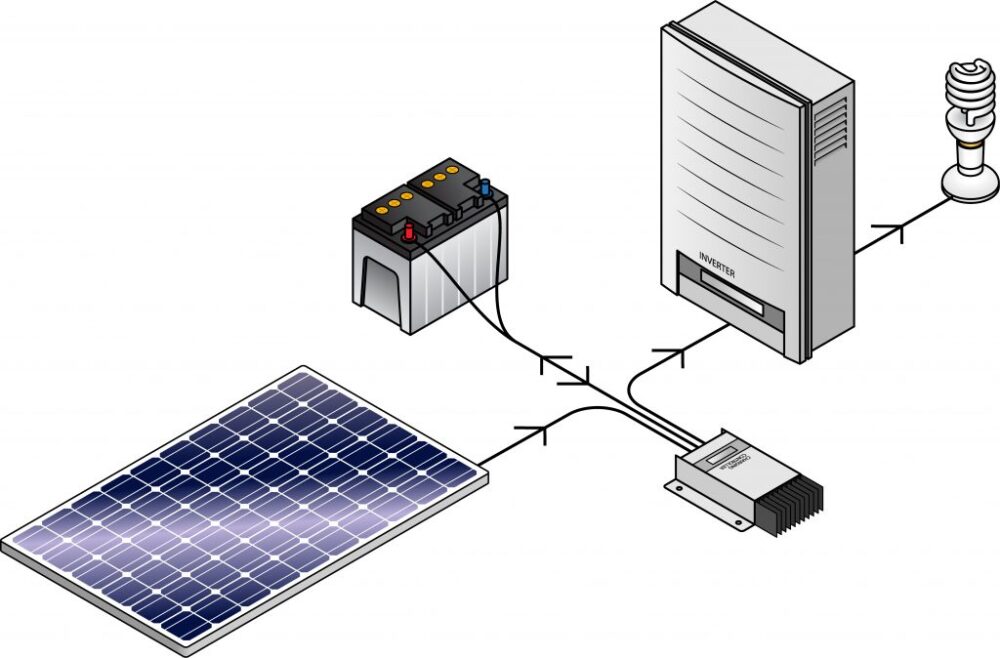
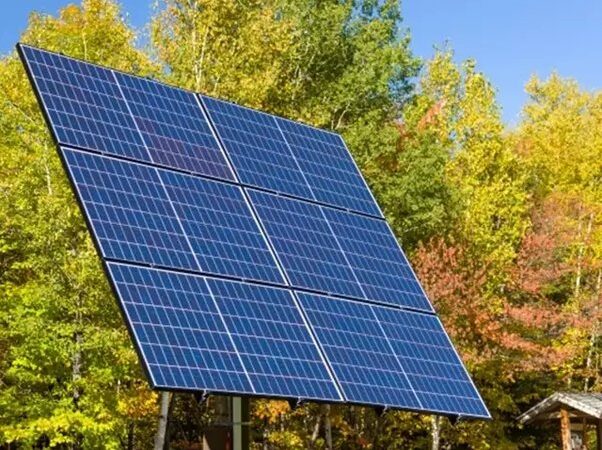
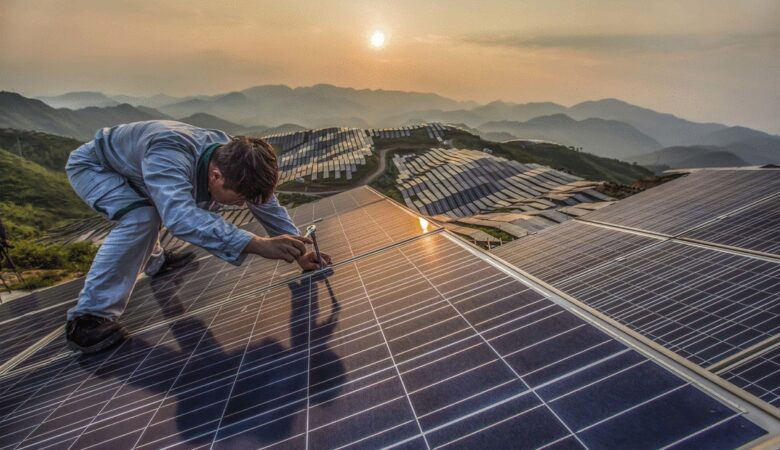
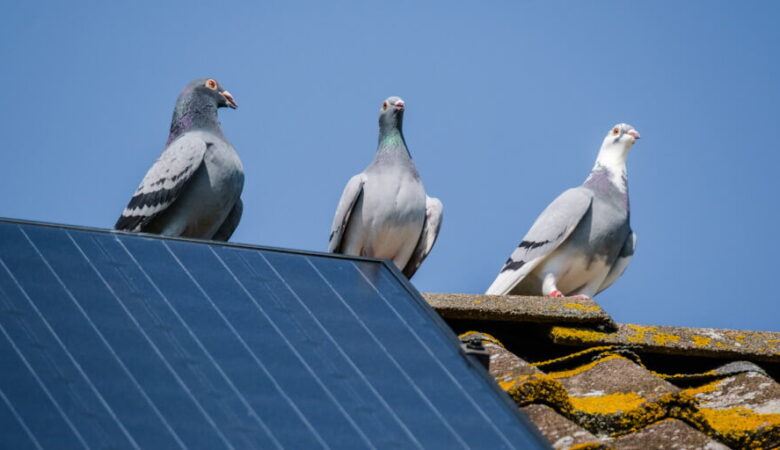
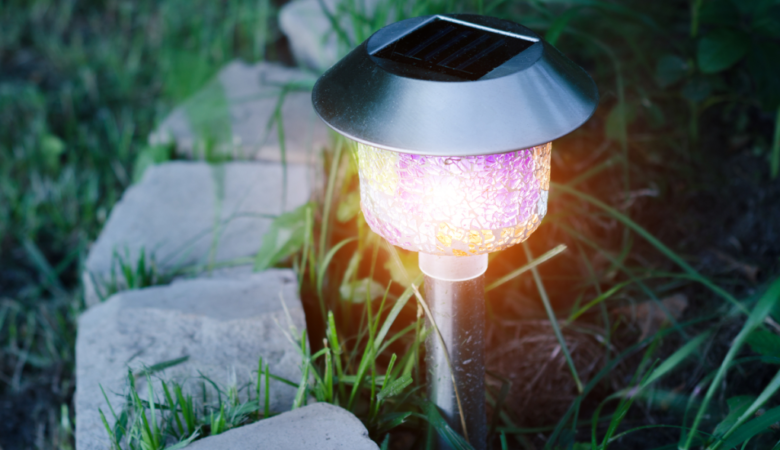
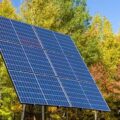
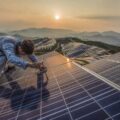
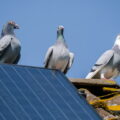
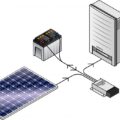
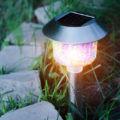
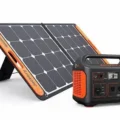
Leave a Reply